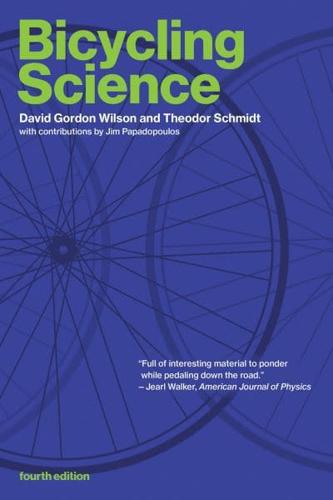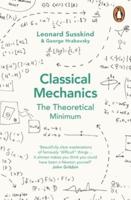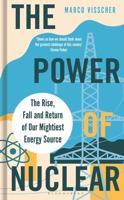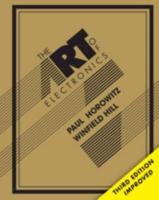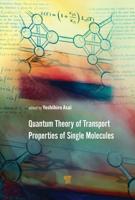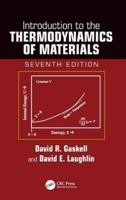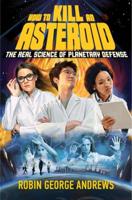Publisher's Synopsis
An updated edition of a classic: an indispensable companion for a new era in cycling.
The bicycle is almost unique among human-powered machines in that it uses human muscles in a near-optimum way. This essential volume offers a comprehensive account of the history of bicycles, how human beings propel them, what makes them go faster-and what keeps them from going even faster. Over the years, and through three previous editions, Bicycling Science has become the bible of technical bicycling not only for designers and builders of bicycles but also for cycling enthusiasts.
After a brief history of bicycles and bicycling that demolishes many widespread myths, this fourth edition covers recent experiments and research on human-powered transportation, with updated material on cycling achievements, human-powered machines for use on land and in air and water, power-assisted bicycles, and human physiology. The authors have also added new information on aerodynamics, rolling drag, transmission of power from rider to wheels, braking, heat management, steering and stability, power and speed, and other topics. This edition also includes many new references and figures.
With racks of bikeshare bikes on city sidewalks, and new restrictions on greenhouse gas-emitting cars, bicycle use will only grow. This book is the indispensable companion for a new era in cycling.
